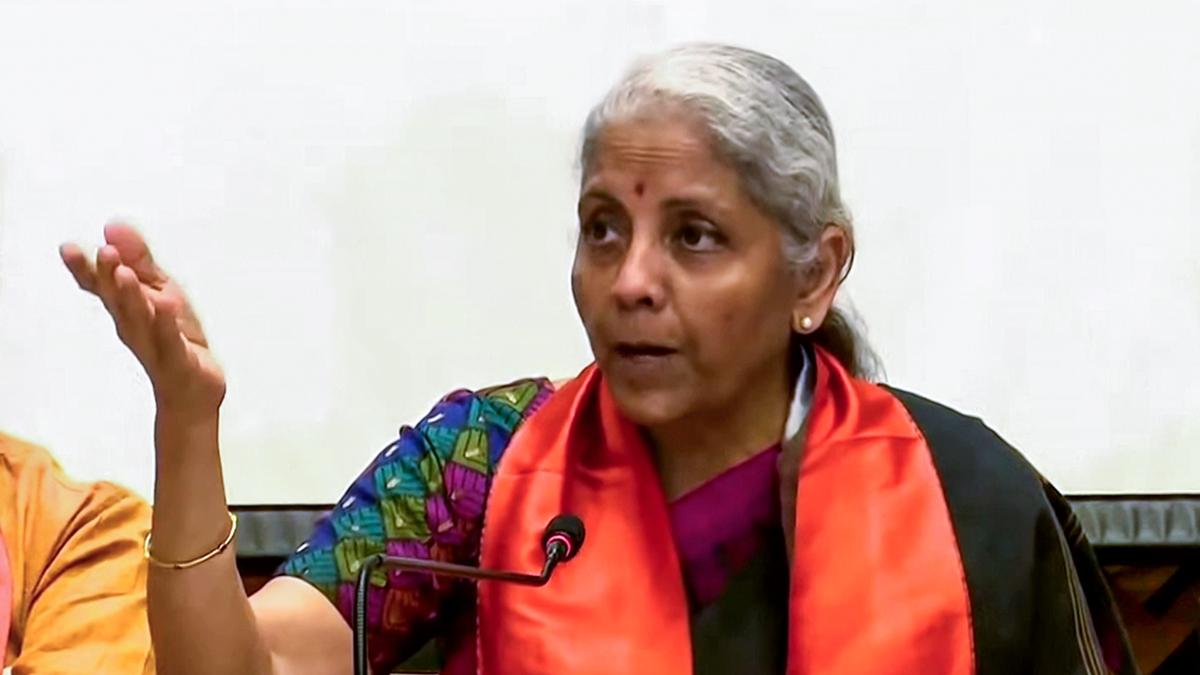
GST has helped people with a pro-poor approach, says Nirmala Sitharaman
The Hindu
Union Finance Minister Nirmala Sitharaman highlights the pro-poor benefits and economic impact of the GST regime in India.
The Goods and Services Tax (GST) regime has benefitted people through a pro-poor approach, Union Finance Minister Nirmala Sitharaman asserted on May 6, while underlining that the recent landmark of GST collections crossing ₹2 lakh crore was driven by heightened economic activity.
Under the GST framework, taxes on many essential items were lower compared to pre-GST rates, the Minister said, citing the examples of hair oil and soaps (down to 18% from 28%), and electrical appliances (reduced from 31.5% to 12%) and movie tickets.
“Reflecting a pro-poor approach, the effective weighted average GST rate has consistently fallen since 2017. The Revenue Neutral Rate was suggested to be 15.3% but was lower at 14.4% in 2017, and it has come down to 11.6% in 2019,” Ms. Sitharaman postulated.
“Further tax rate rationalization has been done since 2017. National Anti-profiteering Authority ensured that companies passed the benefits to the consumers. GST has exempted many essential items and services, such as unbranded food items, certain life-saving drugs, healthcare, education, public transport, sanitary napkins, hearing aid parts, agricultural services, etc,” she pointed out.
Noting that the idea of GST was first mooted under the Atal Behari Vajpayee-led NDA government, Ms. Sitharaman said that the UPA government was unable to achieve political consensus on its implementation, while the necessary compact was “carefully built” under Prime Minister Narendra Modi’s leadership.
“Before GST, India’s indirect tax system was fragmented and complicated, and every state was practically a distinct market in itself with different rules and tax rates. Inputs for central excise duty, etc, could not be availed, leading to an increased tax burden for the common people,” Ms. Sitharaman said in a statement. The GST streamlined 17 taxes and 13 cesses into a 5-tier structure, and reduced 495 submissions and filings across States to just 12, simplifying the tax regime, she said.
Stressing that GST simplified compliances through uniform processes, simple registration, single returns, and a fully IT-driven system with minimal physical interface, Ms. Sitharaman cited a survey that found 88% of micro, small and medium enterprises (MSMEs) credited the tax for reducing costs and optimising supply chains.













